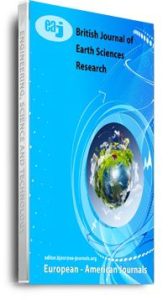This study analyzed rainfall trend and its relationship with sorghum yield in Sudan Savanna region of Nigeria by examining the trends of rainfall, crop yield and relate annual rainfall trend with length of the growing season. Rainfall data for 62 years (1956-2018) were obtained and subjected to statistical analysis. Pearson’s correlation was employed to test the relationship between rainfall and sorghum yield in the study area. The result shows increase in annual rainfall in Bauchi, Gusau, Kano, and Yola polygons while there was a decrease in annual rainfall in Katsina, Potiskum and Sokoto polygons. In termsf trend, there was a relatively earlier rainfall onset dates in all the Thiessen polygons with exception of Bauchi and Yola area where rainfall onset date changes insignificantly toward early pattern. There was also a decline in rainfall cessation in Bauchi, Gusau, Kano, Katsina and Sokoto Thiessen polygons within the study period. The Pearson’s correlation indicates a significant relationship between annual rainfall and sorghum yield in the study area with an average P-value of 0.71 which indicates a strong and positive relationship. The study therefore recommends sensitization of sorghum farmers on the relationship between sorghum and rainfall and the need to adopt variety of sorghum that can endure drought as a way of reducing the possible crop loss due to rainfall variability since rainfall show high variability.
Keywords: Rainfall, Sorghum, Sudan savanna, trend, yield

